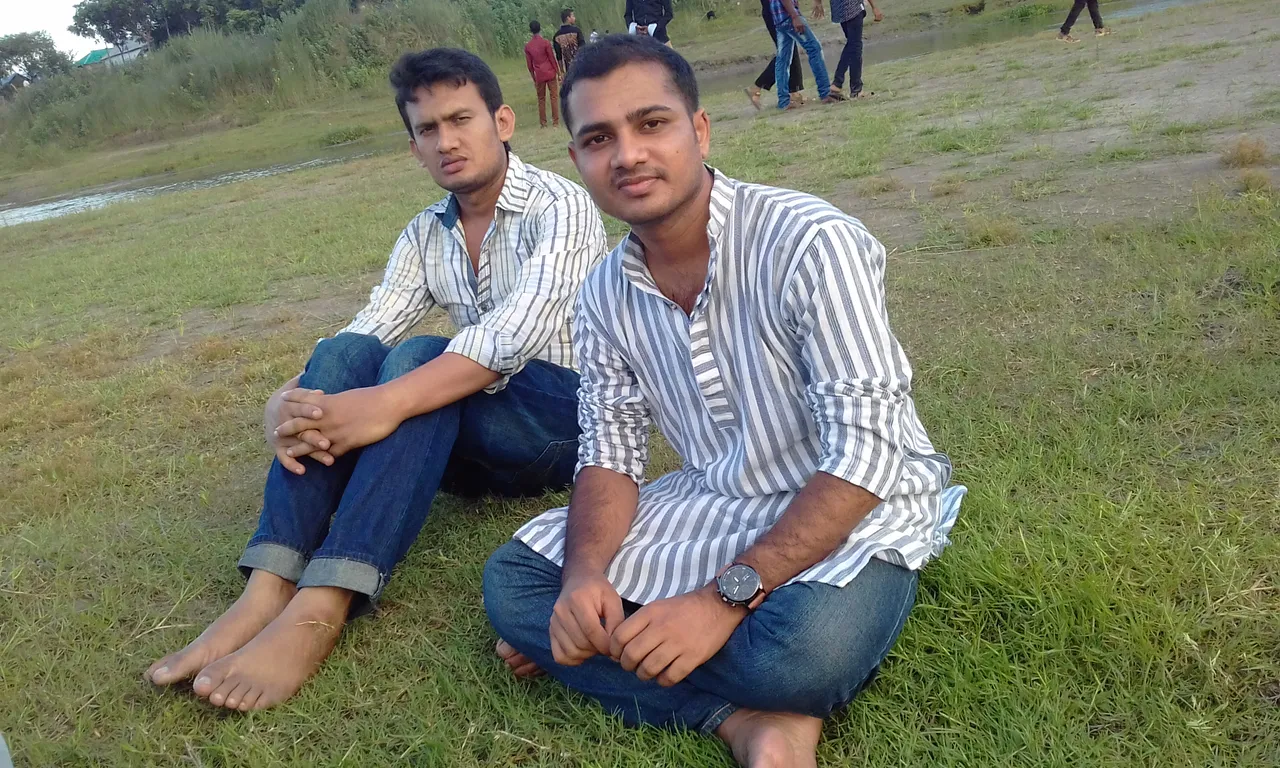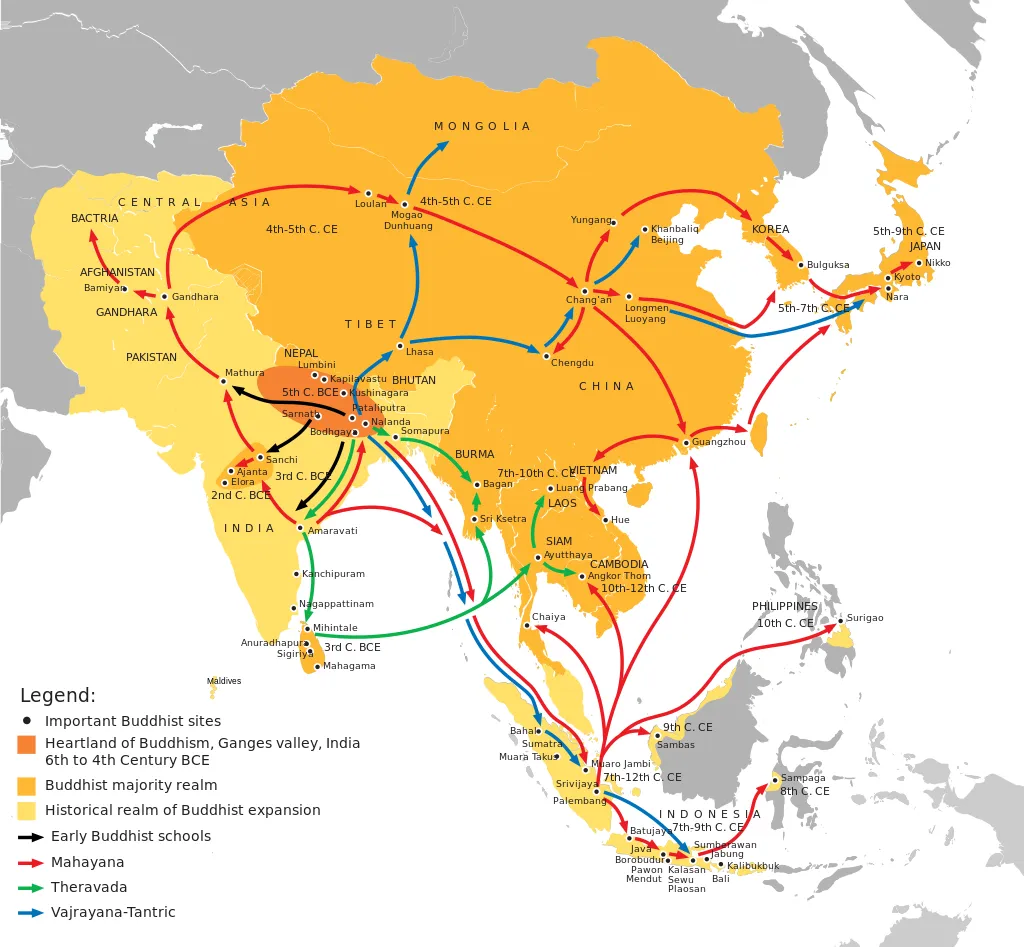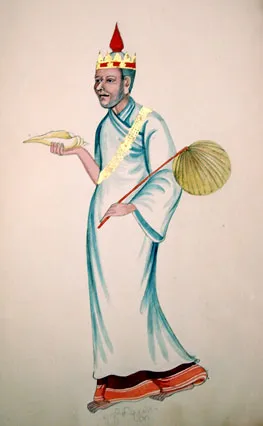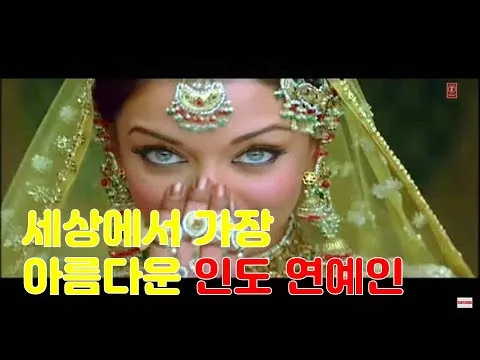 Memories: The only foods that is never digested! A visit to the PADMA
Memories: The only foods that is never digested! A visit to the PADMA
My cool friend @tanzil2024! showed me pictures of his relatives and friends.
I felt that Bangladesh's nature was richer and more beautiful than I thought!
I guessed that the average Bangladeshis would have less money because Bangladesh has not developed a capitalist economy!
However, because Bangladesh had many rivers and plains, food and fishery resources were abundant. So, Bangladeshis seemed to enjoy plentiful meals.
Looking at the rich natural environment of the Indian subcontinent, I thought about why the Indus Civilization arose.
India's warm climate since time immemorial and abundant food and resources, I guess, could have caused ancient civilizations to arise!
I would like to introduce my friend Hasan to an Indian movie that was popular with S.K mans.
Indian films introducing the ancient Indus civilization became very popular among S.K mans.
The boundless imagination and creativity of Indians have always given us great fun and emotion!
The outstanding imagination and creativity of the Indians who created the prehistoric Mohenjo-Daro in such vivid images surprised me!😲
In particular, the dazzling sensuality of Indian women was very popular!😄
 Mohenjo-daro
Mohenjo-daro
Mohenjo-daro (/moʊˌhɛndʒoʊ ˈdɑːroʊ/; Sindhi: موئن جو دڙو, meaning 'Mound of the Dead Men';[2][3] Urdu: موئن جو دڑو [muˑənⁱ dʑoˑ d̪əɽoˑ]) is an archaeological site in the province of Sindh, Pakistan. Built around 2500 BCE, it was the largest settlements of the ancient Indus Valley Civilisation, and one of the world's earliest major cities, contemporaneous with the civilizations of ancient Egypt, Mesopotamia, Minoan Crete, and Norte Chico. Mohenjo-daro was abandoned in the 19th century BCE as the Indus Valley Civilization declined, and the site was not rediscovered until the 1920s. Significant excavation has since been conducted at the site of the city, which was designated a UNESCO World Heritage Site in 1980, the first site in South Asia to be so designated.[4] The site is currently threatened by erosion and improper restoration.[5]
Indian culture gives S.K mans a sense of friendliness and fun!
So, Seeing Hassan, I could feel the closeness of a brother!
This is probably because Buddhism, which was born in India, had a great influence on the birth and development of East Asian civilization!
 Buddhist expansion in Asia: Mahayana Buddhism first entered the Chinese Empire (Han dynasty) through Silk Road during the Kushan Era. The overland and maritime "Silk Roads" were interlinked and complementary, forming what scholars have called the "great circle of Buddhism".[1]
Buddhist expansion in Asia: Mahayana Buddhism first entered the Chinese Empire (Han dynasty) through Silk Road during the Kushan Era. The overland and maritime "Silk Roads" were interlinked and complementary, forming what scholars have called the "great circle of Buddhism".[1]
Buddhism entered Han China via the Silk Road, beginning in the 1st or 2nd century CE.[5][6] The first documented translation efforts by Buddhist monks in China were in the 2nd century CE via the Kushan Empire into the Chinese territory bordering the Tarim Basin under Kanishka.[7][8] These contacts transmitted strands of Sarvastivadan and Tamrashatiya Buddhism throughout the Eastern world.[9]
Theravada Buddhism developed from the Pāli Canon in Sri Lanka Tamrashatiya school and spread throughout Southeast Asia. Meanwhile, Sarvastivada Buddhism was transmitted from North India through Central Asia to China.[9]
Direct contact between Central Asian and Chinese Buddhism continued throughout the 3rd to 7th centuries, much into the Tang period. From the 4th century onward, Chinese pilgrims like Faxian (395–414) and later Xuanzang (629–644) started to travel to northern India in order to get improved access to original scriptures. Between the 3rd and 7th centuries, parts of the land route connecting northern India with China was ruled by the Xiongnu, Han dynasty, Kushan Empire, the Hephthalite Empire, the Göktürks, and the Tang dynasty. The Indian form of Buddhist tantra (Vajrayana) reached China in the 7th century. Tibetan Buddhism was likewise established as a branch of Vajrayana, in the 8th century.[10]
But from about this time, the Silk road trade of Buddhism began to decline with the Muslim conquest of Transoxiana (e.g. Battle of Talas), resulting in the Uyghur Khaganate by the 740s.[10] Indian Buddhism declined due to the resurgence of Hinduism and the Muslim conquest of India. Tang-era Chinese Buddhism was briefly repressed in the 9th century (but made a comeback in later dynasties). The Western Liao was a Buddhist Sinitic dynasty based in Central Asia, before Mongol invasion of Central Asia. The Mongol Empire resulted in the further Islamization of Central Asia. They embraced Tibetan Buddhism starting with the Yuan dynasty (Buddhism in Mongolia). The other khanates, the Ilkhanate, Chagatai Khanate, and Golden Horde eventually converted to Islam (Religion in the Mongol Empire#Islam).
Chinese, Korean, Japanese, Vietnamese, Taiwanese and Southeast Asian traditions of Buddhism continued. As of 2019, China by far had the largest population of Buddhists in the world at nearly 250 million; Thailand comes second at around 70 million (see Buddhism by country).
Chinese Esoteric Buddhism refers to traditions of Tantra and Esoteric Buddhism that have flourished among the Chinese people. The Tantric masters Śubhakarasiṃha, Vajrabodhi and Amoghavajra, established the Esoteric Buddhist Zhenyan (Chinese: 真言, "true word", "mantra") tradition from 716 to 720 during the reign of Emperor Xuanzong of Tang. It employed mandalas, mantras, mudras, abhiṣekas, and deity yoga. The Zhenyan tradition was transported to Japan as Shingon Buddhism by Kūkai as well as influencing Korean Buddhism. The Song dynasty (960–1279) saw a second diffusion of Esoteric texts. Esoteric Buddhist practices continued to have an influence into the late imperial period and Tibetan Buddhism was also influential during the Yuan dynasty period and beyond. In the Ming dynasty (1368–1644) through to the modern period, esoteric practices and teachings became absorbed and merged with the other Chinese Buddhist traditions to a large extent.
In Chinese these traditions are also termed Mìjiao (Chinese: 密教; Esoteric Teaching), Mìzōng (密宗; "Esoteric Tradition") or Tángmì (唐密; "Tang (Dynasty) Esoterica").
1. Chinese who went to ancient India!
Buddhism seems to have disappeared in modern India as it has been absorbed by Hinduism and Islam.
However, Buddhism still exists as a universal culture in China, Japan, Korea, Vietnam and Thailand. Buddhism's afterlife and spiritualism still have a great influence on the religions and philosophies of East Asians.
On the other hand, Islam and Hinduism are not very attractive to East Asians. Perhaps I will not accept Islam and Hinduism because I like pork and beef! 😄
I'm actually interested in Hindu traditions and history!
Watching the video of that beautiful Hindu Indian woman
East Asian men like me are interested in Hinduism.😲
Many S.K men claim that Hindu Indian women are the most beautiful in the world! 😍
Indian civilization meets Chinese civilization!
Men from China, Japan and Korea were fascinated by the sensuality of Indian civilization while watching the Kama Sutra !
They marveled at the genius of the Indian men who created the Kama Sutra in ancient times!
So, Men from China, Japan and Korea created their own works, imitating the Kama Sutra.
I will introduce them to my friend Hassan later.
I wonder what kind of emotion Hassan will feel when she sees the Kamasutra of East Asian men! 😉

However, I suddenly became interested in the three men in Hassan's photos!
The three men have different charms and excellence from other men.
They looked like Indian Brahmans!
 A Burmese Brahmin priest, Konbaung dynasty, 18th century.
A Burmese Brahmin priest, Konbaung dynasty, 18th century.
Brahmin (/ˈbrɑːmɪn/; Sanskrit: ब्राह्मण, romanized: brāhmaṇa) is a varna as well as a caste within Hindu society. The Brahmins are designated as the priestly class as they serve as priests (purohit, pandit, or pujari) and religious teachers (guru or acharya). The other three varnas are the Kshatriya, Vaishya and Shudra.[1][2][3][4][5]
The traditional occupation of Brahmins is that of priesthood at the Hindu temples or at socio-religious ceremonies, and rite of passage rituals such as solemnising a wedding with hymns and prayers.[6][7] Traditionally, the Brahmins are accorded the highest ritual status of the four social classes.[8] Their livelihood is prescribed to be one of strict austerity and voluntary poverty ("A Brahmin should acquire what just suffices for the time, what he earns he should spend all that the same day").[9] In practice, Indian texts suggest that some Brahmins historically also became agriculturalists, warriors, traders, and had also held other occupations in the Indian subcontinent.[7][8][10]
The three men are wearing long tops unlike the others. They looked like scholars and priests.
In particular, the man in the middle looked like an Aryan with white skin.
They seemed like scholars of great intellect and sensibility. I guessed that people with those looks created Tantra and Kamasutra!
I felt that people who looked like that were descended from those who created and ruled Indian civilization!
I guessed that those people might be Hassan's relatives or friends!
I want to know who they are and their name!
Perhaps they will become leaders who will lead Bangladesh in the future!

